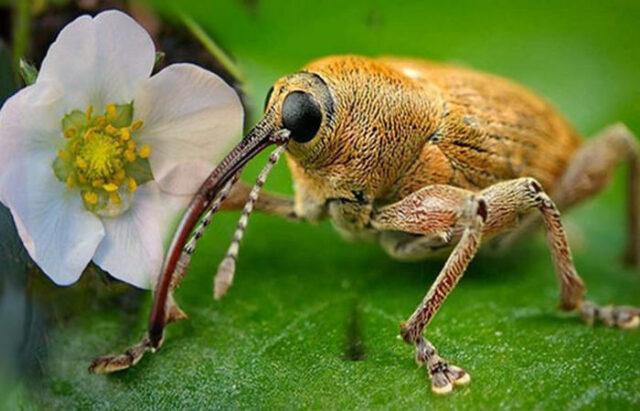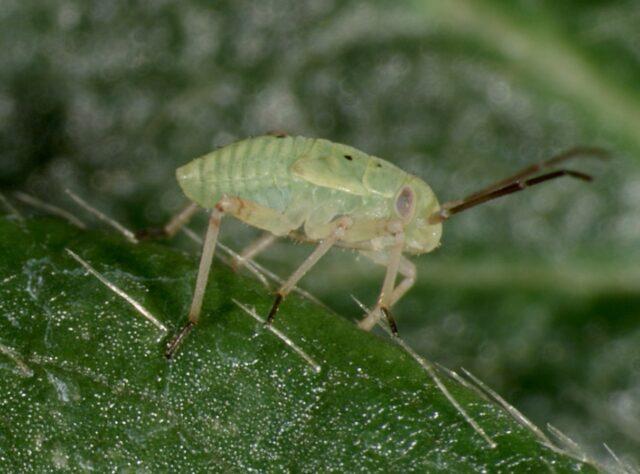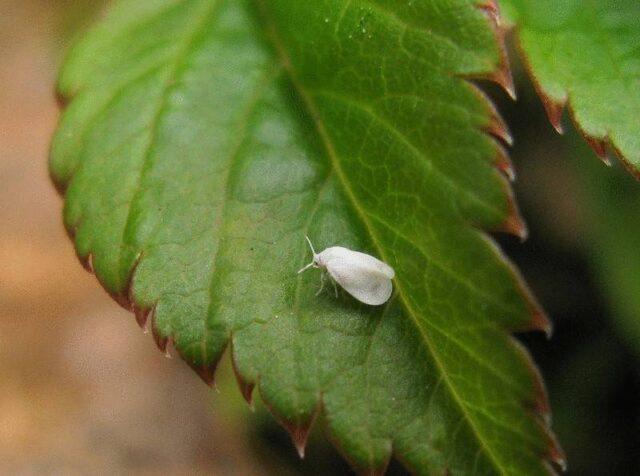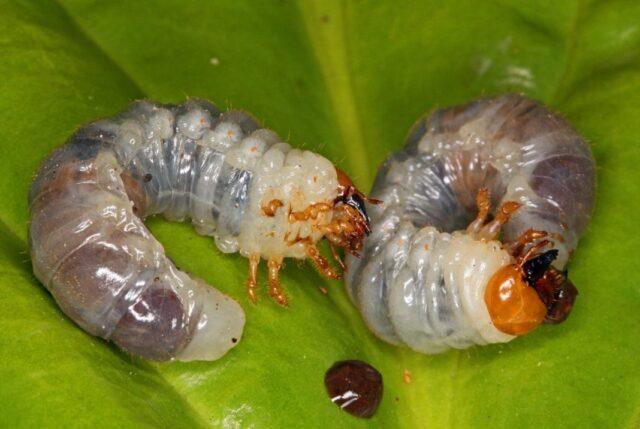Content
Gardeners carefully select strawberry varieties for planting on the site, focusing on yield, quality of berries, and disease resistance. Despite the fact that breeders have recently created many hybrids with excellent characteristics, old, proven varieties are still in demand. Belrubi strawberries are one of the most famous, popular and demanded ones.
Breeding history
Strawberry Belrubi (Fragaria ananassa Belrubi) was obtained by French breeders in the 80s of the last century as a result of crossing two varieties - Pocahontas (Fragaria ananassa Pokahonta) and Red Cote (Fragaria ananassa Red Cout). The first was created by American breeders, the ripening period is medium early. Bushes are vigorous, compact, with large foliage.
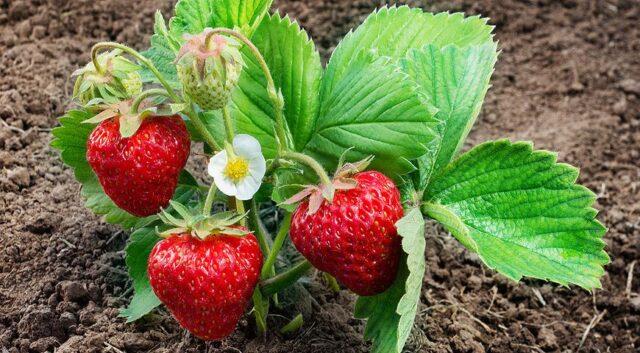
Pocahontas strawberries can produce two crops per season
The second "parent" variety of Red Cote strawberries was obtained in Canada. Its bush is compact, medium-sized berries, oval in shape, very aromatic.
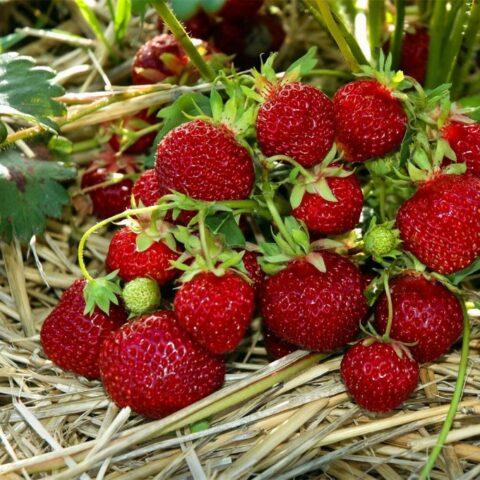
Red Cote strawberries ripen early, have an average yield
Since 1988, Belrubi has been on trial in the Russian Federation, after which in 1990 it was entered in the State Register of Breeding Achievements. Recommended for cultivation in the Stavropol Territory, Karachay-Cherkessia.

The climatic conditions of the North Caucasus are optimal for growing Belrubi strawberries
Characteristics and description of the strawberry variety Belrubi
The universal variety Belrubi belongs to the mid-season. Strawberries are eaten fresh and thermally processed, appreciated for their high taste and technical characteristics. The plant forms an erect bush up to 40 cm high and wide. Peduncles are long, lush inflorescences, located at the level of foliage. There are many mustaches.
The appearance and taste of berries
After ripening, Belrubi strawberries acquire a dark red color with a smooth glossy surface. Their shape is elongated, conical. The neck is clearly expressed. The pulp is pink, dense in structure. The berries are sweet and slightly sour. According to experts, the gustatory characteristics are high. The average weight is 15-20 g. Transportability is excellent, the berries are not deformed when transported over long distances.
Flowering period, ripening period and yield
Buds on Belrubi strawberries appear in the first half of June. When grown in the middle lane, flowering occurs ten days later than in the south. The berries ripen after three weeks. The collection is carried out in several stages. The fruits are well separated from the pedicels. The yield of the variety is average. Each bush yields about 0.5 kg of berries.
Frost resistance
Frost resistance of Belrubi strawberries is high. When grown in the Krasnodar and Stavropol Territories, the berries are not covered for the winter. To prevent the soil from drying out in cold weather, it is mulched with a small layer of compost. In regions with more severe winters, before the onset of stable frosts, Belrubi strawberries are covered with a layer of straw, having previously freed the ridges from weeds, dry and diseased foliage.
Disease and pest resistance
Belrubi strawberries have high immunity, diseases and pests rarely affect it, but attacks from insects are possible:
- Weevil - females lay eggs in buds, gnaw the stalks, which ends with their wilting and a decrease in yield.
To prevent the appearance of a weevil on Belrubi strawberries, sprinkle the aisles with sawdust moistened with creolin
- Strawberry mite - sucks juices from rudimentary leaves, which turn yellow and deform.
To combat insects, spraying strawberry foliage with solutions of chemical preparations (Moroleks, Teovit) is used
- Spider mite - damages foliage and entangles it.
Infusion of calendula, dandelion, tobacco broth help to cope with the pest, if processed 3-5 times
- Whitefly - destroys young plants.
In the fight against whitefly, intestinal insecticides are effective (Aktara, Atellik, Rovikurt, Pegasus)
- May beetle larvae eat roots.
To combat the larvae of the May beetle, they use traps, sowing green manure, manual collection, agrotechnical measures
Among the most common diseases affecting Belrubi strawberries are spotting and fusarium wilting. If there is a likelihood of developing diseases, use treatment with copper-containing preparations, a solution of potassium permanganate and boric acid.
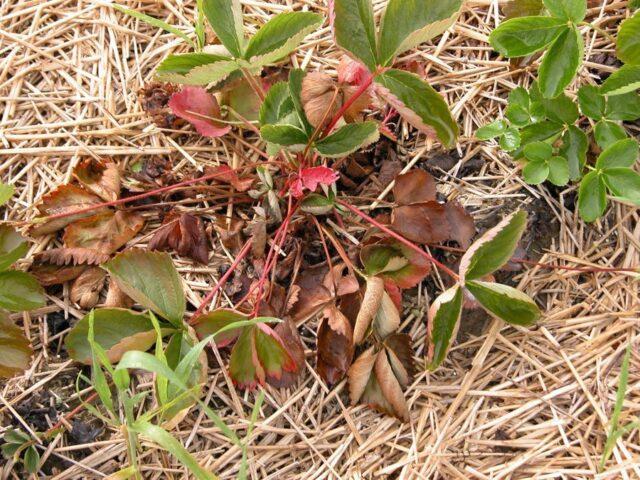
When fusarium wilting is detected, the plants are dug up and burned
Pros and cons of the variety
Despite the fact that the yield and appearance of the Belrubi variety largely depend on the conditions and region of growth, the general disadvantages and advantages remain unchanged.
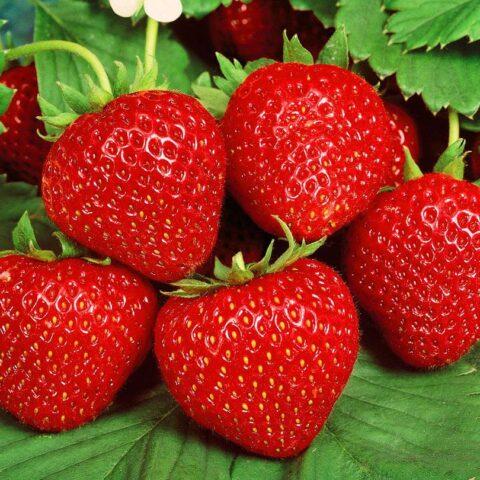
Belrubi strawberries have a bright aroma
pros | Minuses |
compactness of bushes | short fruiting period |
winter hardiness | too many mustaches |
drought tolerance | average fruit size |
high taste of berries | yields are lower than other varieties |
excellent immunity |
|
unpretentious care |
|
high transportability |
|
versatility of use |
|
Growing features
For planting strawberries Belrubi choose an area well-lit by the sun. If the terrain is elevated, ridges are not made, unlike low-lying places where the variety is planted in high ridges. The best predecessors are garlic, lentils, rye, wheat, mustard, sorrel, clover.
Planting of the Belrubi variety is carried out according to the algorithm:
- Dig up the site, level it.
- Wells are made with a depth of 15-25 cm at a distance of 20-30 cm from each other.
- Pour humus (1 kg) and superphosphate (50 g) into each.
- Place one or two plants in the wells.
- Spread the roots.
- Cover with soil, compact.
- Watering.
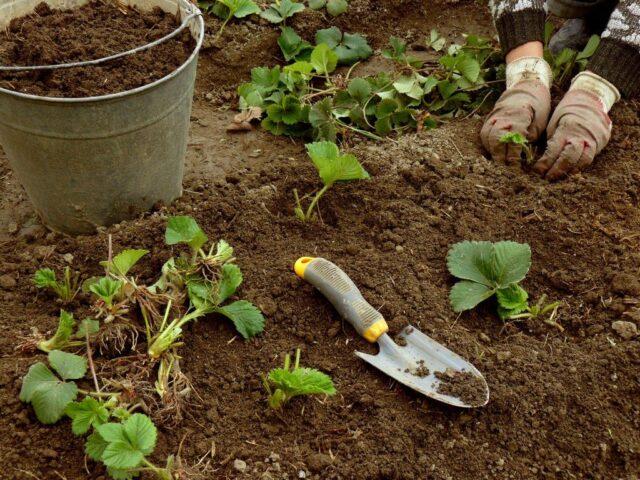
Loamy or sandy loam soil for Belrubi strawberries should have neutral acidity
Further care of the plants consists in watering, feeding, and removing whiskers. Immediately after the snow melts, damaged and rotten leaves, weeds are removed, the aisles are loosened and at the same time nitrogen fertilizers are applied to the soil. They huddle without burying the core of the bush into the ground. The surface is mulched with peat, straw, sawdust. Watering Belrubi strawberries is carried out at least twice a week. If necessary, if the weather is hot, dry, the procedure is performed more often. The mustache is removed as it appears. Cut carefully with scissors so as not to damage the base of the bush.
Reproduction
The easiest and most popular way to propagate Belrubi strawberries is by side shoots (whiskers), of which it has a lot. The method does not require much effort from the gardener, it guarantees the preservation of varietal characteristics. Sockets of the first and second order are used as seedlings. They are the strongest, developing rapidly. It is they who are kept on the mustache, and the rest are removed. If the soil is loose, air and moisture permeable, rooting takes place quickly. The rosette is later separated from the mother bush and transplanted.
In order not to weaken the entire Belrubi strawberry plantation, several bushes are chosen for reproduction, in which the varietal characteristics are most pronounced. 5-7 lateral processes and rosettes of the first two orders are left on them. The formation of the mustache begins in June, but the highest quality planting material is obtained from the July mustache.
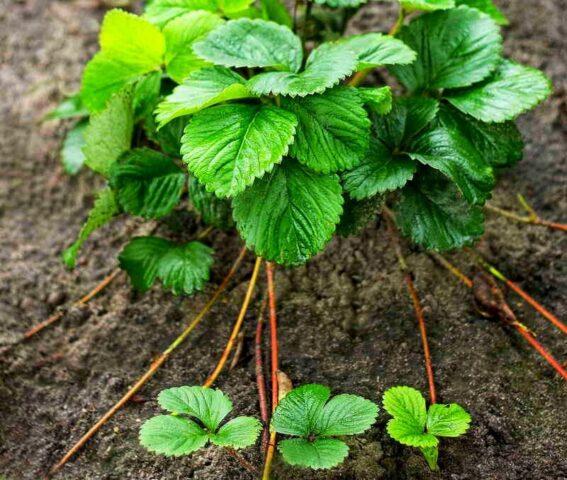
At the time of the formation of roots on the outlet, it should be pinned to the soil and sprinkled with humus
Young plants are ready for transplanting in two months. The best time to start a new plantation is from the third decade of August to mid-September. Each seedling should have a developed "heart", powerful roots, 4-5 healthy, large leaves.
Conclusion
The Belrubi strawberry has long passed the test of time, consistently producing sustainable yields. Its excellent taste, unpretentious care and undemanding growing conditions are noted by many gardeners, and resistance to diseases and pests is another reason to opt for this variety.
Gardeners' reviews about Belrubi strawberries
